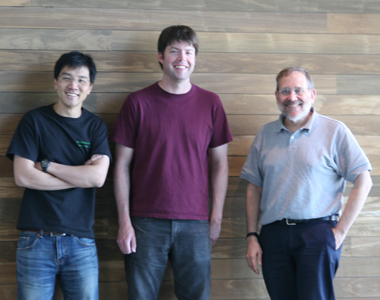Neurons send signals to other neurons along axons. Their growth is a major aspect of brain development, and one that occurs in a long series of steps. First, processes grow out from an initially spherical neuron. Then, one becomes specified as an axon, while the others become processes specialized for receiving signals, called dendrites. The axon then grows, often over long distances and around many obstacles, to reach its appropriate destination. Within that area, the axon branches out to form a terminal arbor, thus allowing it to distribute its connections among many neurons in the target field. Bits of the arbor then become specialized as nerve terminals, forming synapses onto the dendrites of their synaptic partners. The terminals then mature to their adult form. Finally, experience can modify the size, number and strength of the synapses throughout life.
Axons cannot do their job if these steps are not coordinated carefully, and Lilley et al. have now discovered one way in which coordination occurs. They focused on a pair of kinases called (somewhat unfortunately) SAD-A and SAD-B. In previous work, they found that the SADs are required for specification of axons from nascent processes of some neuronal types. In their new paper, they show that SADs act at a later stage to control the formation of terminal arbors. Moreover, the SADs integrate both short- and long-acting signals from other cells in the vicinity, allowing them to shape the arbor precisely. Finally, in work now being readied for publication, they have found that some of the neurons that use SADs for arbor formation require them again at a still later stage for maturation of synapses. So, these enzymes aren’t really sad at all: they proudly process many signals that neurons receive to coordinate axonal development.
Read more in Neuron
Download PDF




